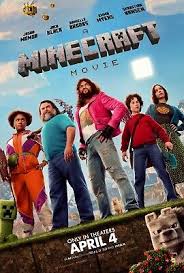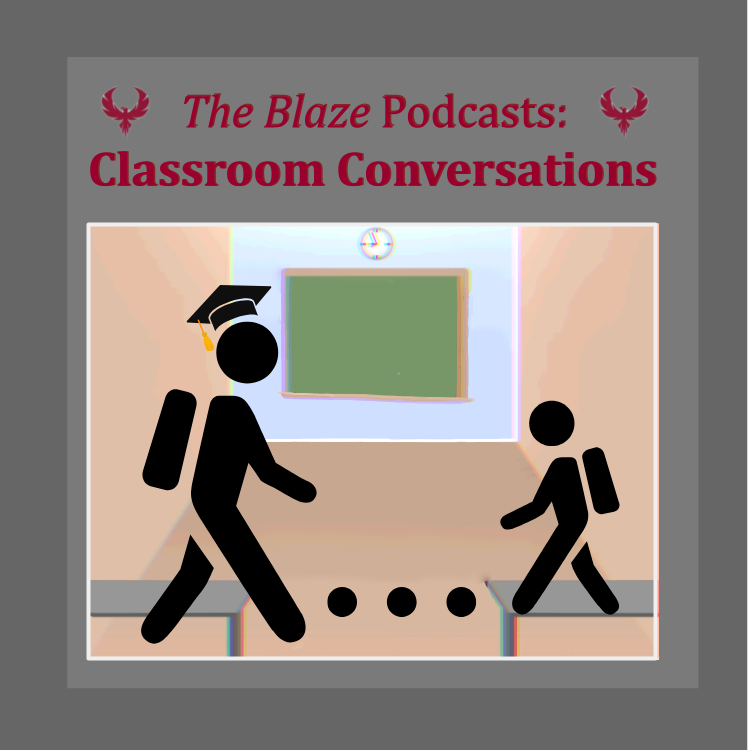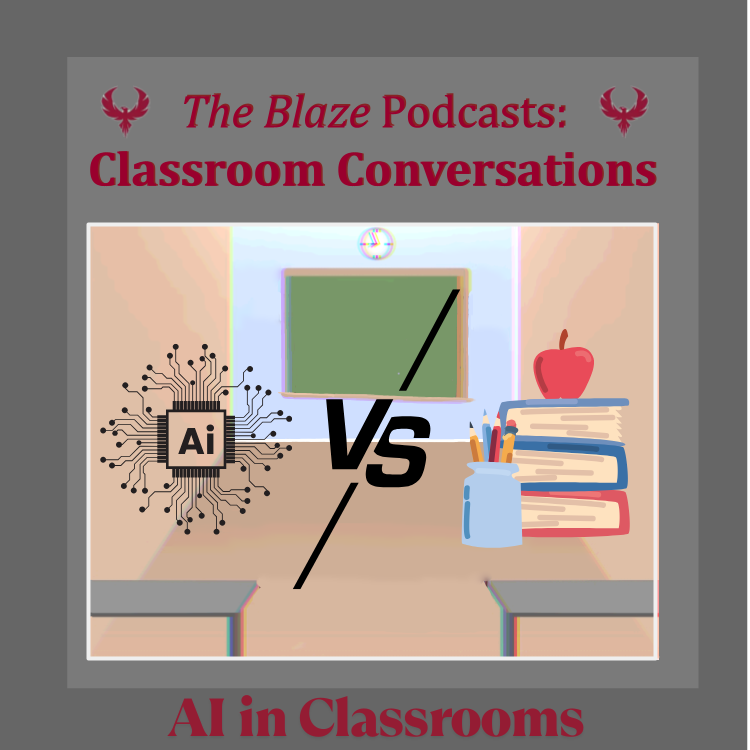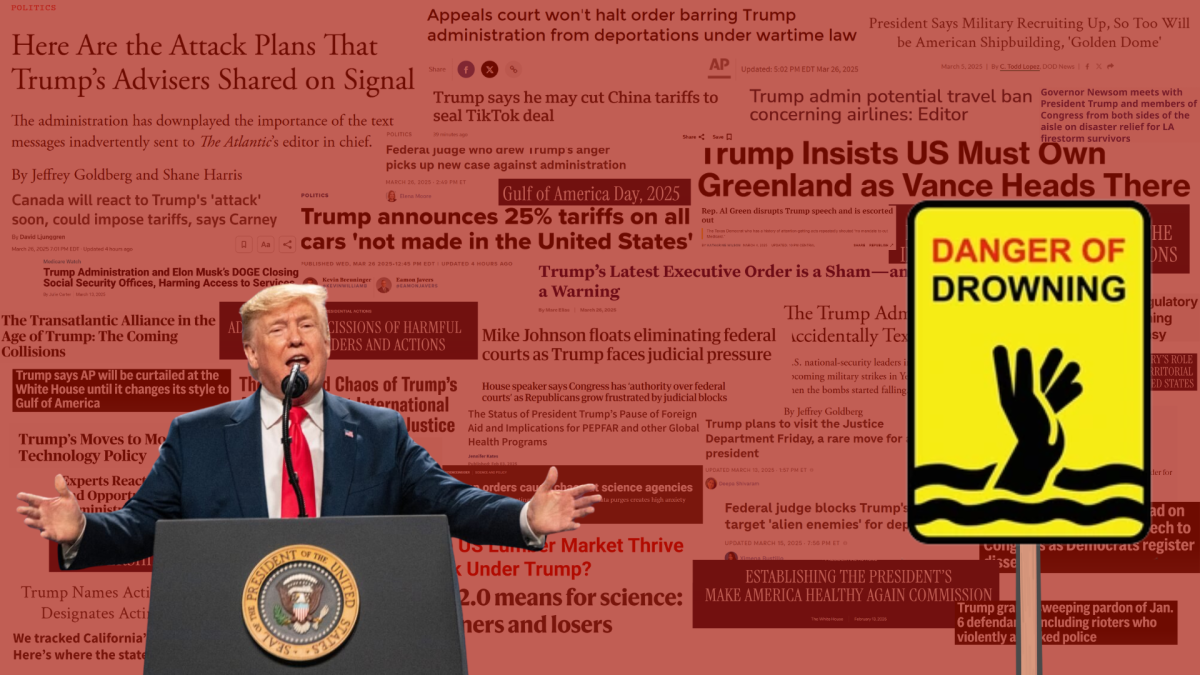Think back to the defining moment of the second Trump presidency thus far. I’m betting you can’t pick out one in particular.. He opened his first day back in the Oval with 26 executive orders, 12 memos, and four proclamations and withdrew 78 Biden executive orders.
From there, the circus started.
Of course there were a couple of main acts: The renaming of the Gulf of Mexico to the Gulf of America, a want for Greenland, the first round of tariffs, the second round of tariffs, “saving” TikTok, taking down DEI, mass deportations, ending birthright citizenship, DOGE, slashing university funding, removing transgender troops, confirmation hearings, and most recently, having a journalist added to a group chat about bombings against the Houthis.
The list of actions coming from this office is exhaustive and exhausting for many Americans to pay attention to. However, it is not an accident. Combine it with increased “blame Biden” rhetoric, confusing and dodgy answers from the White House press secretary, and mixed messages from all corners of the executive branch, and you have the perfect recipe for a media strategy labeled “flooding the zone.”
This strategy was originally coined during the first Trump administration by former White House Chief Strategist Steve Bannon. This concept relies on hurling as much information as possible towards media outlets and citizens. By doing this, it is nearly impossible to stick with one specific issue for too long or bring attention to transgressions. Instead, they are swept under the rug as the next wave of information comes out. In an interview on “Late Night with Seth Meyers,” CNN Chief White House correspondent Kaitlan Collins explained the reaction going back to this strategy after four years of “calm.” “I think everyone is kind of readjusting and re-remembering what it was like four years ago,” Collins said. “Now we are back to that [seven-day work week] where it is essentially nonstop every day. [Journalists] wake up not knowing what you are going to be doing [or] what the schedule is.”
Of course, the news cycle has always been fast; it has always been true that scandal becomes old news when a shiny new story rolls across a reporter’s desk. In contrast, the political sphere has traditionally clung to major issues more frequently; no one wants a scandal in government, so when it happens, it is everywhere. But is that still true today? If you interviewed a random group of people walking on the street, the likelihood of them rattling off at least three major political scandals within the first four months of 2025 is high.
Very high.
Bannon’s plan of attack, though highly effective, is perhaps one of the most detrimental aspects of current American politics. In a time where civic engagement is already declining, especially in high schoolers, information overload only drives watchers away from politics. In February 2024, the U.S. Chamber of Commerce Foundation published a study on American civic literacy. They found that an astounding 70% of Americans fail a basic civic literacy quiz. Chaos on Capitol Hill only reinforces these alarming statistics.
Currently, the big issue is the editor-in-chief of The Atlantic being added to a Signal group chat, involving the administration’s top officials, discussing military action in the Middle East. It was directly combated with an increase in automotive tariffs and a potential withdrawal of tariffs on China if a sale of TikTok is put in place. When taking information in doses, it may not seem like much of an issue. However, on a macro level, it is detrimental to the future of American politics.
At the end of the day, this strategy was specifically crafted to be effective on even the most meticulous, media-conscious minds.
The fact is, regardless of whether you are an avid news reader or barely pay attention, we are all at risk of drowning.



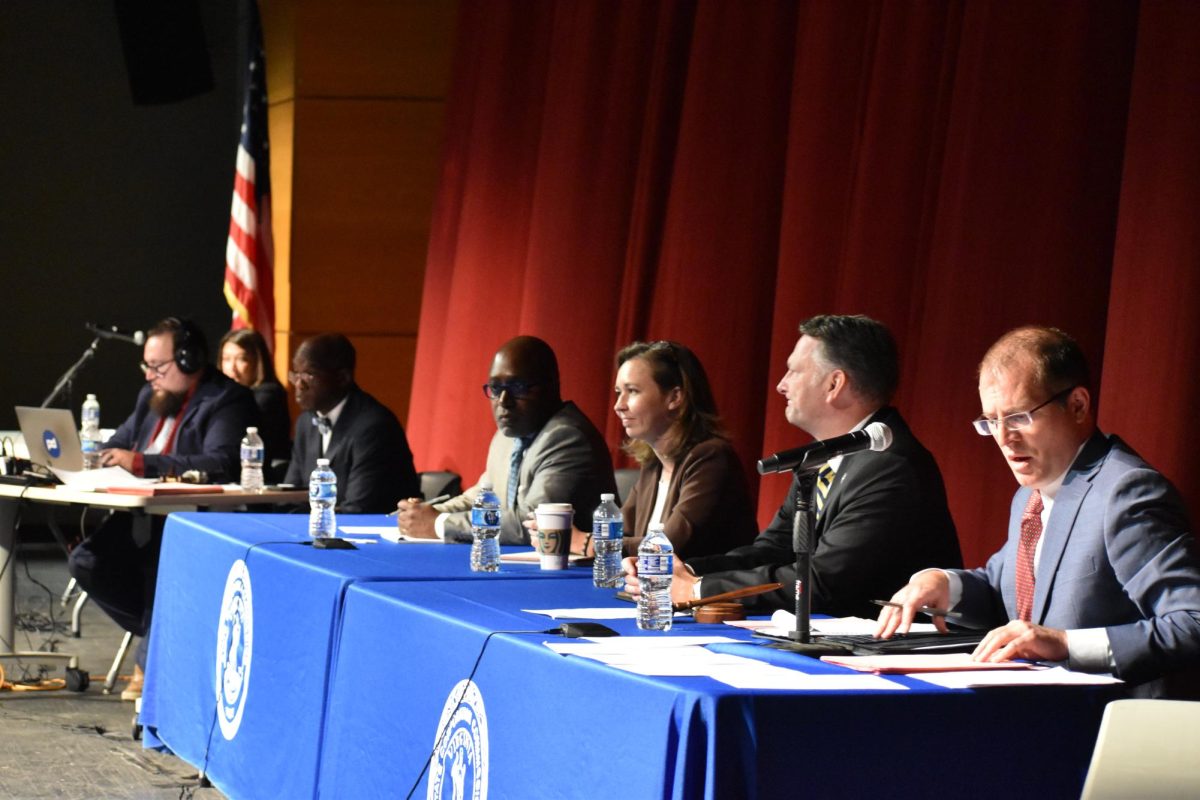






















![The Phoenix varsity volleyball team lines up for the national anthem. “We were more communicative [with each other] during this game, and I feel like we kept our energy up, especially after the first set,” senior Jessica Valdov said.](https://theblazerrhs.com/wp-content/uploads/2024/10/DSC_0202-1200x800.jpg)










![Junior Alex Alkhal pitches the ball. “[I] just let it go and keep practicing so we can focus on our goal for the next game to get better as a team,” Alkhal said.](https://theblazerrhs.com/wp-content/uploads/2025/05/DSC_0013-1-1200x929.jpg)




